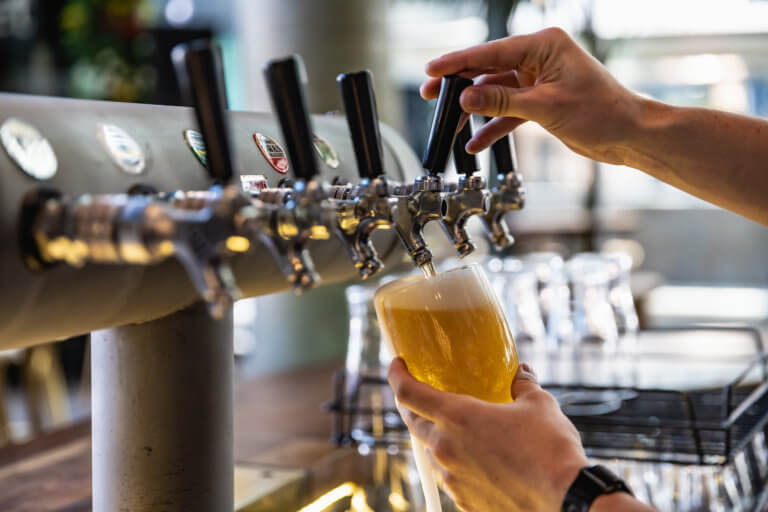Ask any Aussie, nothing beats a beer on tap – that is, if it’s poured right.
We’ve all experienced a beer that’s too heady, and if you’re extra unlucky, you’ve endured a flat beer. So, who’s to blame for all of this? Well, more often than not, sub-par pours are attributed to poorly balanced dispense systems.
Whether you’re a booked-out venue or a beer enthusiast with an at-home beer tap, dispense system balancing is key to enjoyment. Luckily, at Barons, we’re WA’s dispense system experts, so system balancing is kind of our thing. Here are some important things to consider when balancing your beer system correctly!
What is a Balanced System?
A balanced dispense system is one in which the applied pressure (CO2 on the beer) creates the desired level of carbonation – equal to the resistance created as the beer reaches the taps. Beer line resistance is caused by a variety of factors, like line materials, elevation, and line diameter (which we’ll get into). Achieving smooth, steady, easy-pourin’ brews is a real balancing act. You’ll need to consider beer temperature and carbonation levels – and from there you can create or eliminate your system’s beer line resistance.
Gas Pressure vs Keg Temperature
As a beer-lover, you’ll be well aware that temperature contributes to the majority of draught beer hiccups. The keg temperature will affect how CO2 responds to your beer. As a general rule, CO2 is more soluble in colder beer. This means that even after serving, carbonation tends to stay in the beer which can make it taste flat.
Warmer beer causes CO2 to come out of solution, meaning major foaming disasters. The pressure necessary to pour your beer varies greatly with temperature. Fortunately, CO2/temperature tables exist to provide some guidance on the temperature to pressure ratios.
Once you’ve got your system’s ideal pressure sorted, it’s time to create or eliminate the beer line resistance.
Beer Line Elevation
When balancing your system, you’ve got to consider this little thing called gravity. Changes in elevation between keg and tap can increase or decrease beer line resistance. As expected, the higher the tap, the more trouble beer will have flowing through the lines. As a general rule, beer will lose 0.5 psi per foot of elevation gain. So, if your beer tap is two feet above your keg, it’ll lose 1 psi.
The length of your beer lines will also impact how well the beer pours. Of course, the longer the lines, the more help the beer needs in reaching its destination. Generally, the longer your lines are, the lower the serving pressure at the tap.
Beer Line Diameter
As with any kind of pipe, the diameter of your beer line will impact its pouring speed. The smaller the line’s diameter, the more restriction it faces and the higher the resistance. If there’s more resistance, this means it’ll need a little more help to push the beer along the lines. It’s also important to consider that longer beer lines will often require a larger diameter. Line restriction must be minimised to allow the beer to travel a longer distance.
Final Thoughts
Clearly, there’s a lot that goes into balancing a beer system. At Barons, we’ve been designing, installing, and maintaining beer systems for four generations. It’s our mission to ensure that Perth venues pour brews at their very best. We offer lifetime service on our systems as well and reliable support, advice, and maintenance. We’ll help you balance your system in no time. For more information, check out our beer dispense services or give us a call on 1300 893 705!

